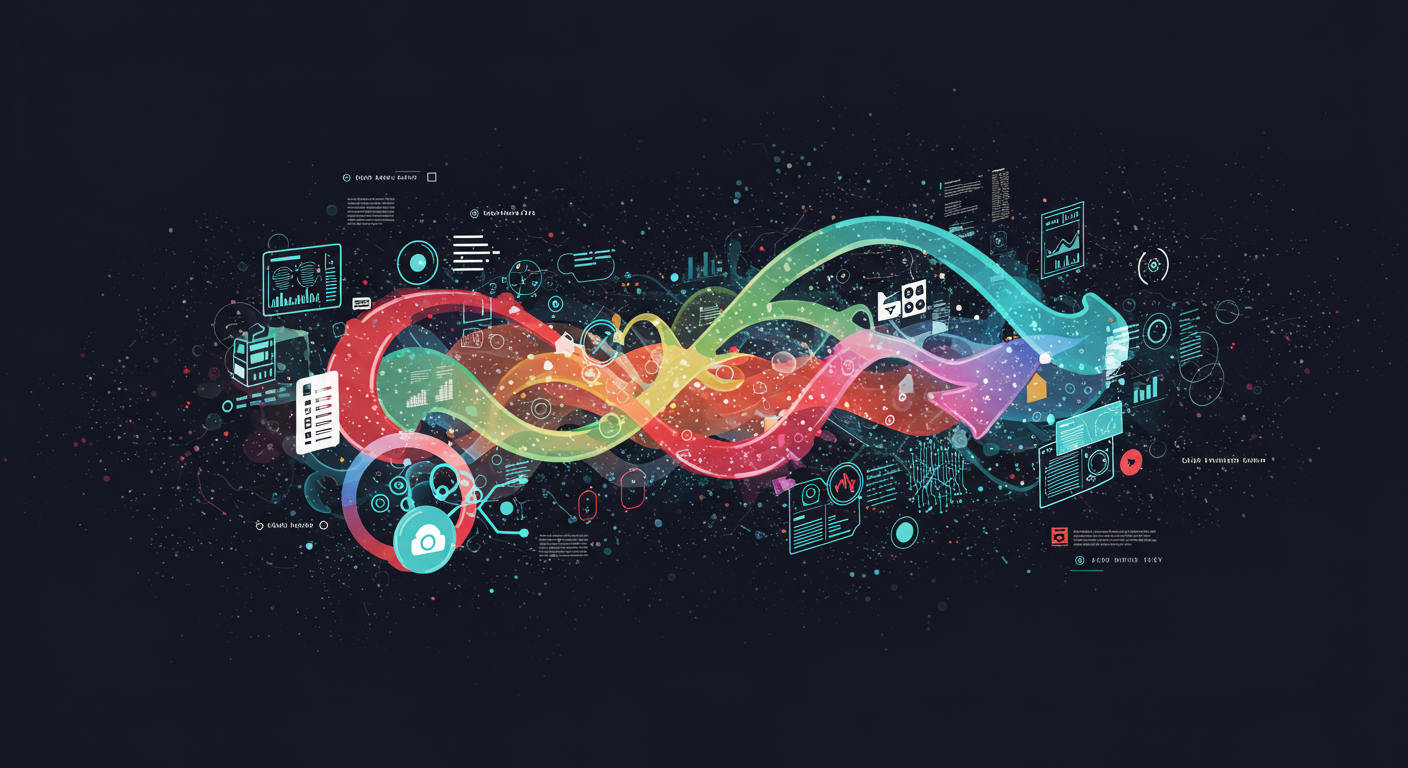
AIOps (Artificial Intelligence for IT Operations) leverages AI, particularly Machine Learning (ML), to automate and enhance IT operations. ML algorithms analyze vast amounts of data from various IT sources, identify patterns, predict issues, and even trigger automated resolutions. This page delves into the crucial role ML plays within AIOps.
Understanding Machine Learning in AIOps
In the context of AIOps, Machine Learning algorithms are applied to diverse IT datasets, including logs, metrics, events, and traces. These algorithms learn from historical data to identify normal operational baselines and detect deviations that might indicate current or future problems.
Types of Machine Learning Used:
- Supervised Learning: Used for tasks like predicting system failures based on labeled historical data (e.g., past incidents and their characteristics).
- Unsupervised Learning: Essential for anomaly detection, clustering similar events, and discovering hidden patterns in data without predefined labels. This is particularly useful in dynamic IT environments.
- Reinforcement Learning: Increasingly explored for optimizing automated responses and decision-making processes within IT systems, learning through trial and error.
For a deeper dive into machine learning concepts, you can visit Wikipedia's page on Machine Learning.
Key ML Techniques Powering AIOps
Several ML techniques are fundamental to the capabilities of AIOps platforms:
Anomaly Detection
ML algorithms, such as clustering (e.g., k-means, DBSCAN) and statistical modeling (e.g., Gaussian distribution), are employed to identify unusual patterns or outliers in operational data. These anomalies often signify performance degradations, security threats, or incipient failures.
Predictive Analytics
By analyzing historical trends and patterns, techniques like regression analysis and time series forecasting can predict future events, such as potential system overloads, disk space exhaustion, or application slowdowns. This allows IT teams to act proactively.
Event Correlation and Root Cause Analysis (RCA)
ML helps in correlating disparate alerts and events from various monitoring tools to identify the true root cause of an issue, rather than just its symptoms. Techniques like pattern recognition and topological analysis of IT dependencies are often used.
Automated Remediation
AIOps platforms can leverage ML to recommend or even automatically trigger remediation actions. For example, an ML model might learn that a specific sequence of alerts typically requires a server restart and can initiate this action automatically or via an approval workflow.
Benefits of ML-Driven AIOps
- Enhanced Proactivity: Moving from reactive firefighting to proactive issue prevention.
- Reduced Mean Time To Resolution (MTTR): Faster identification of root causes and automated responses significantly shorten incident resolution times.
- Improved Operational Efficiency: Automating routine tasks frees up IT staff for more strategic initiatives.
- Scalability: ML models can process and analyze data at a scale and speed that is impossible for humans, making them ideal for modern complex IT environments.
Learn more about AIOps solutions from industry leaders like Splunk.
Challenges and Future Directions
While powerful, implementing ML in AIOps has its challenges:
- Data Quality and Quantity: ML models require large volumes of high-quality data. Siloed, noisy, or insufficient data can hinder model performance.
- Model Explainability (Interpretability): Understanding why an ML model makes a particular prediction or decision can be challenging, yet it's crucial for building trust and debugging.
- Skill Gap: Expertise in both IT operations and data science is needed to effectively deploy and manage AIOps solutions.
The future of ML in AIOps will likely see advancements in areas like more sophisticated unsupervised learning techniques, improved explainability, and deeper integration with automated control systems, leading to increasingly autonomous IT operations.
Conclusion
Machine Learning is not just a component of AIOps; it is its intelligent core. By harnessing the power of ML, organizations can transform their IT operations from a reactive cost center into a proactive, efficient, and value-driving part of the business. As AI and ML technologies continue to evolve, their impact on IT operations will only grow, paving the way for more resilient and self-healing IT ecosystems.